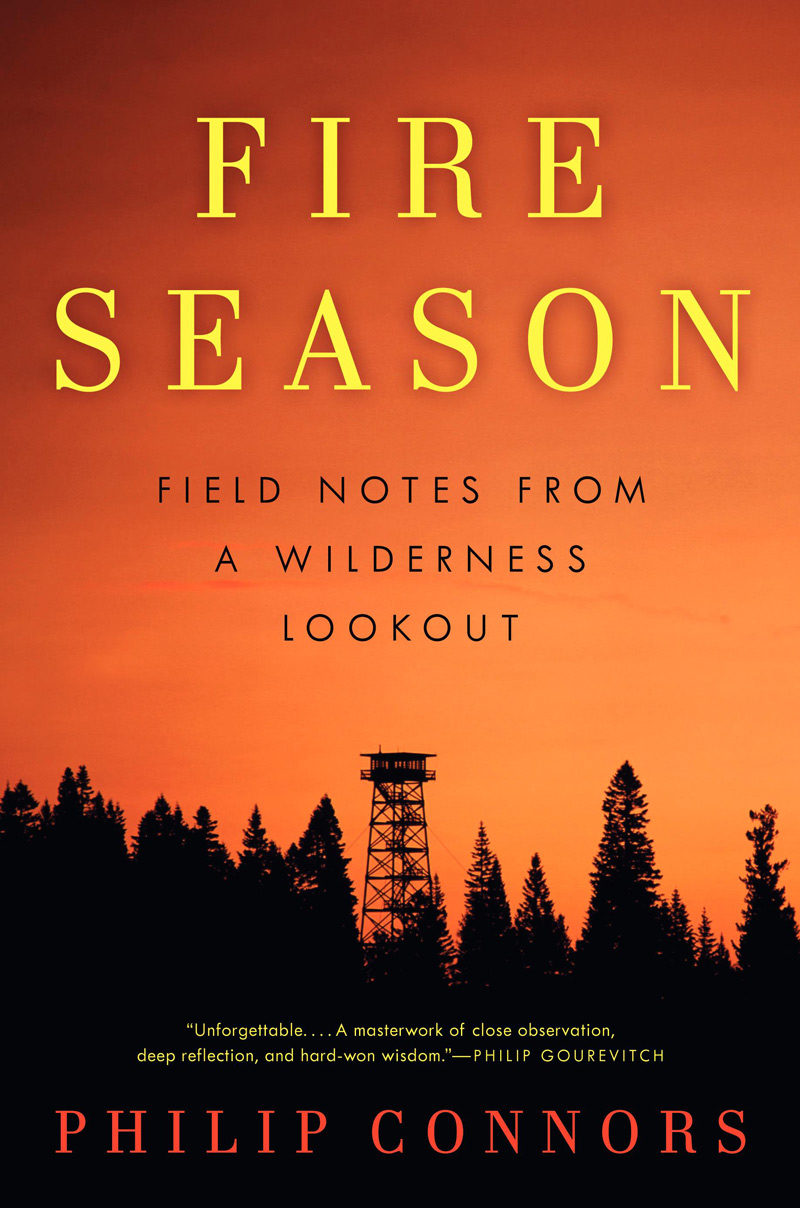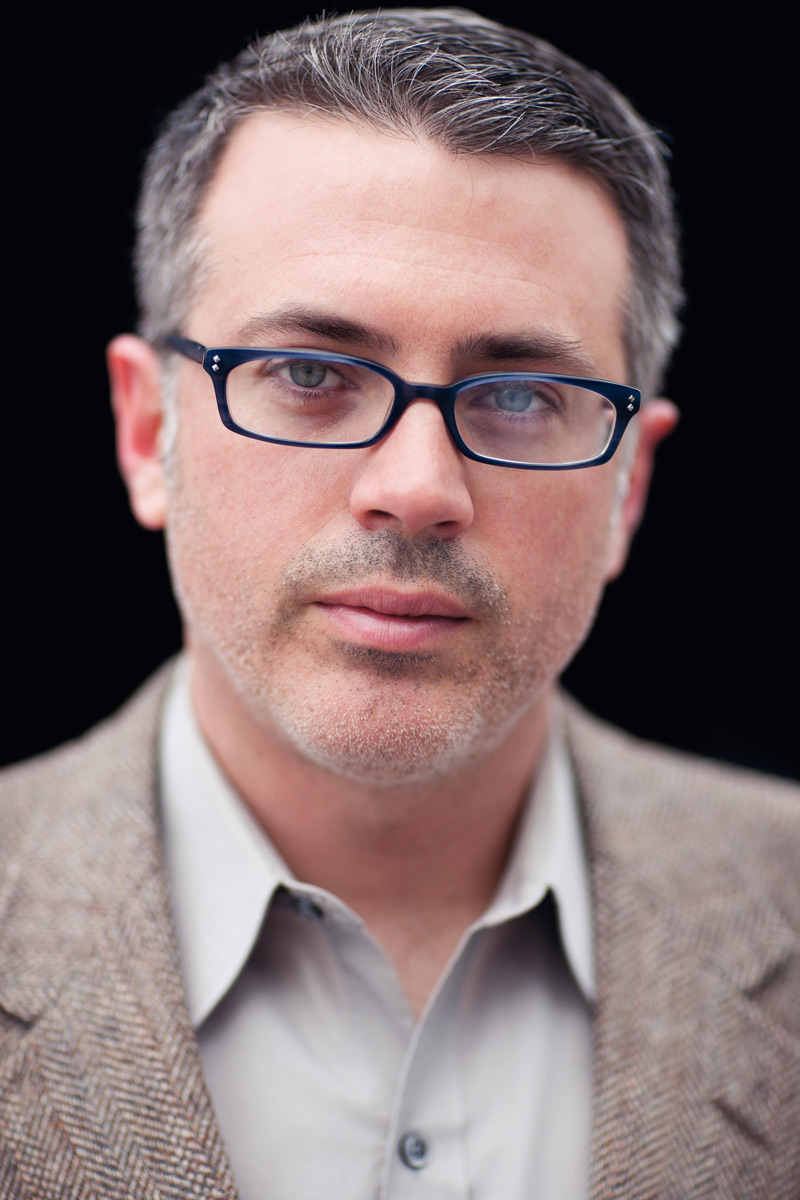The Huntington’s blog takes you behind the scenes for a scholarly view of the collections.
LECTURES | Where There's Smoke
Posted on Mon., Oct. 10, 2011 by
Philip Connors spends long stretches of every spring and summer alone, on top of a lookout tower in New Mexico's Gila Wilderness, scanning the horizon for signs of smoke. In his book Fire Season: Field Notes from a Wilderness Lookout, he records the patterns that unfold over a five-month period: "The brutal winds of April...the dawning of summer in late May...the fires of June...the tremendous storms of July...and the blessed indolence of August."
In between the dozen or so fires that he spots and names each year, Connors fishes, hikes, and plays Frisbee golf with his dog, Alice. "If there's a better job anywhere on the planet," he writes. "I'd like to know what it is."
On Wed. night, Oct. 12, Connors will talk about the book—and how wildfire has shaped the West—with William Deverell, professor of history at USC and director of the Huntington-USC Institute on California and the West (ICW). The event is part of the Pasadena Arts Council's AxS Festival 2011—Fire and Water.
The pair will likely talk about the evolution of fire policy from unyielding suppression to "prescribed natural fires"; they might also touch on the damage wrought by grazing and clear cutting. But Fire Season is much more than an environmental history of the first designated wilderness in the world. Connors' personal recollections of tutoring a novice lookout or of his misguided attempt to rescue an abandoned fawn place him in good company with the writers he acknowledges throughout his narrative—Aldo Leopold, Norman Maclean, Edward Abbey, Gary Snyder, and even Jack Kerouac, who kept a journal of his summer alone on Washington state's Desolation Peak in 1956.
While the diary style of writing might evoke Thoreau and his Walden, the more apt allusion is Leopold and the very same Gila Wilderness. The author of the posthumous Sand County Almanac was an assistant district forester in the 1920s and was credited with making the proposal to preserve the area in perpetuity.
Deverell is a frequent moderator of public programs at The Huntington and other venues throughout Southern California. Coincidentally, in one of his most recent appearances for the L.A. Public Library's Aloud series, he led a discussion with Colleen Morton Busch, author of Fire Monks: Zen Mind Meets Wildfire at the Gates of Tassajara, and Stephen Pyne, a professor at Arizona State University who Connors calls the granddaddy of fire historians.
In that event, available for download, the three tread carefully around metaphors of fire and mindfulness. Connors, too, strikes the right balance. In one passage from his own book, he counts the visible mountain ranges on a clear day ("the Datils, the Cuchillos, the San Mateos...") in a rapturous litany that stretches to more than 30. And yet he pulls back, quoting another favorite writer, Richard Manning, who cautions that commanding views "foster the illusion that we command." "If anything," Connors writes in response, "the views command me: sit and be silent."
"Fire Season: In Conversation with William Deverell and Philip Connors"is free and will take place in Friends' Hall at The Huntington at 7:30 p.m. on Oct. 12. A book signing will follow the conversation. For more information on Pasadena Arts Council's AxS Festival 2011—Fire and Water, visit its website. The Festival runs through Oct. 16.
"Fire Monks," held at the L.A. Public Library on July 19, 2011, was the first of a four-part series co-presented by ICW and Aloud: Fire Water Earth Air: The Elemental West. That series is not affiliated with AxS Festival 2011.
UPDATE: You can now download the audio from this lecture from iTunes U.
Matt Stevens is editor of Huntington Frontiers magazine.

